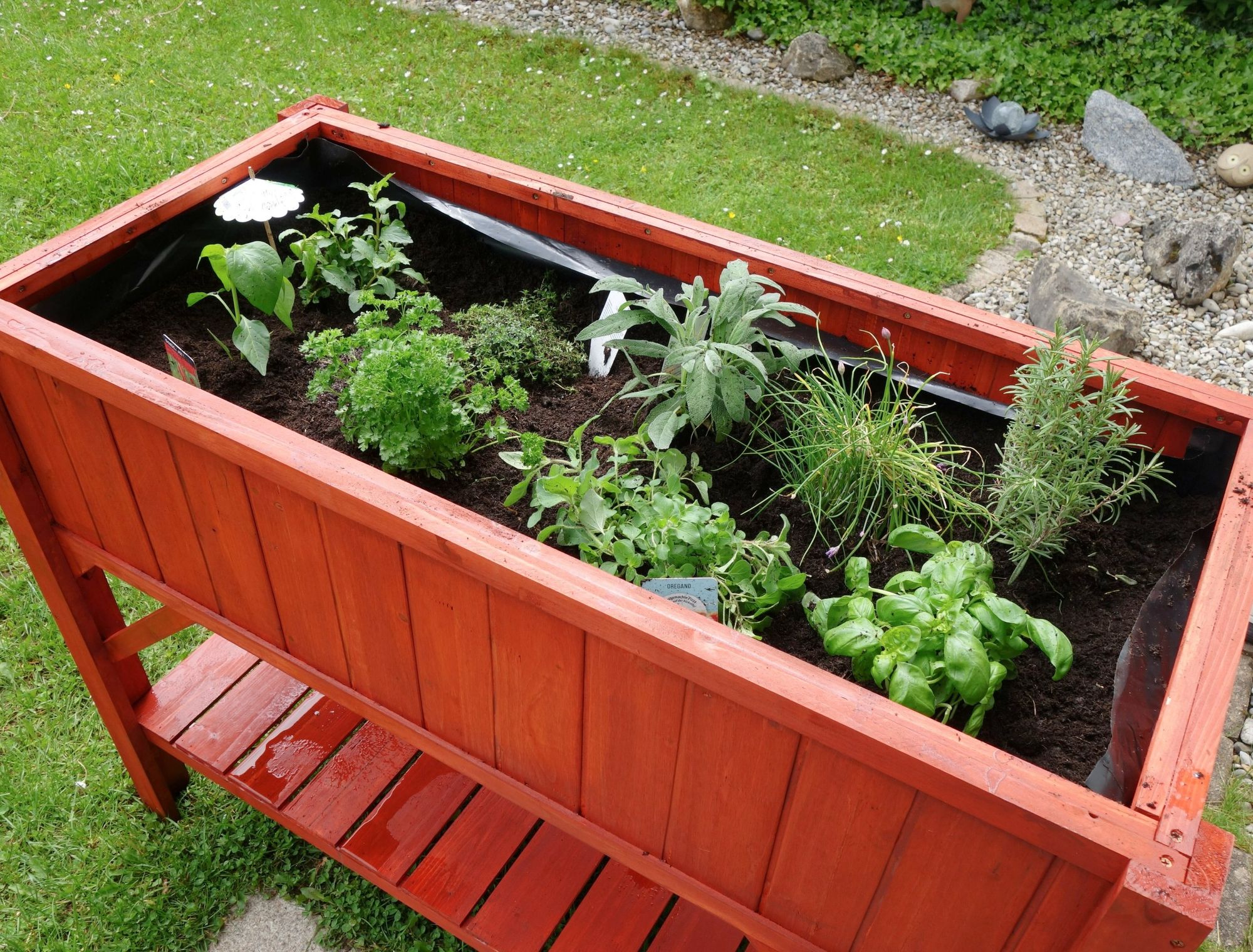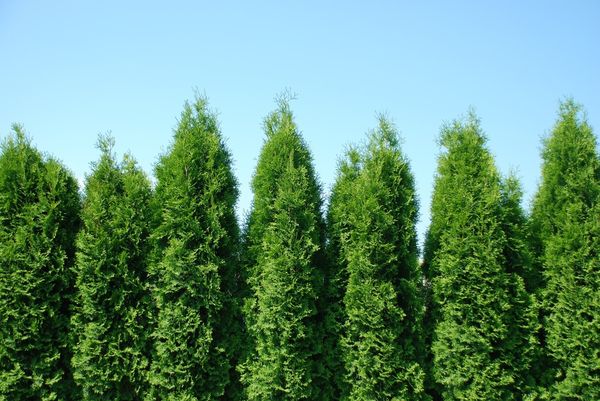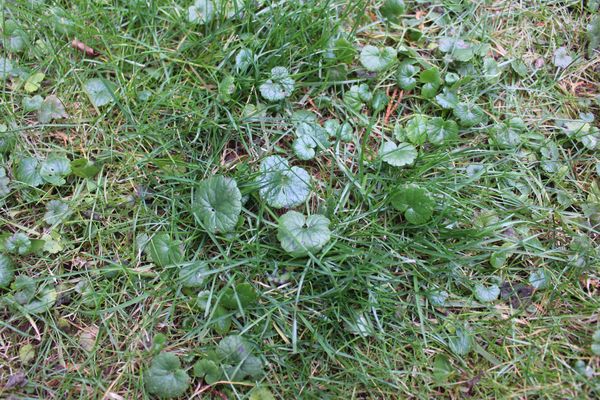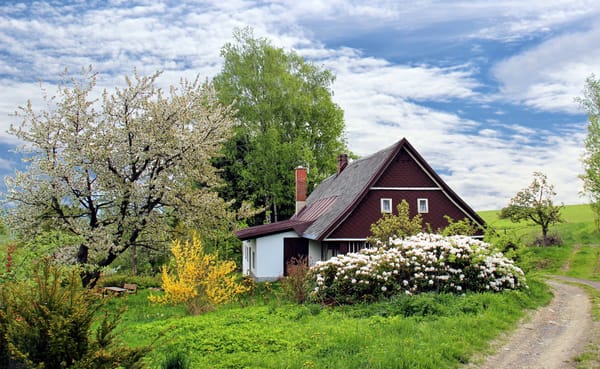Are you an ardent gardener looking for fresh, ingenious ways to elevate your gardening game? Or perhaps, you're a greenhorn, seeking inspiration to start your gardening journey? Either way, these raised garden bed ideas might just be the catalyst you need to tap into the thriving world of horticulture.
Raised garden beds—essentially large planting boxes—are a staple for both experienced and novice gardeners. They provide improved control over soil conditions, allow for easier access, prevent soil erosion, and deter unwanted pests. Even better, they open up a world of creative opportunities. Here's your guide to creating not just a garden, but a beautiful landscape right in your backyard.
Ideas for Your Raised Garden Bed
1. Utilize Recycled Materials
If you're environmentally conscious and love a DIY project, consider crafting a raised garden bed from recycled materials. Pallets, old furniture, or even discarded wooden crates can be repurposed for your raised garden bed. This not only cuts down on waste but also lends your garden a unique, rustic aesthetic.
2. Explore the Vertical
Traditional raised beds are horizontal, but who said you couldn't defy the norm? If you're short on space, a vertical raised bed might just be your saving grace. Vertical beds offer the same benefits as their horizontal counterparts but take up significantly less ground space.
3. Theme-Based Garden Beds
Choose a theme for your raised garden bed. It could be as simple as color-based—like a monochrome white garden—or as complex as a sensory garden bed, filled with plants that please all five senses. This is a great way to express your personality through your garden while keeping it organized and visually striking.
4. Wagon Wheel Design
For a unique aesthetic, consider a wagon wheel design. In this setup, your raised garden bed is divided into sections that radiate out from a central point, like the spokes on a wagon wheel. Each section can hold a different plant, adding visual interest and making it easier to manage your garden.
5. Edible Landscaping
Combine functionality and aesthetics with an edible raised garden bed. Plant a variety of herbs, vegetables, and fruits. Not only will you have a beautiful garden, but you'll also be able to enjoy the fruits (and vegetables) of your labor.
6. Incorporate a Greenhouse
Take your raised garden bed a step further by incorporating a mini-greenhouse. A greenhouse will extend the growing season and protect delicate plants from harsh weather conditions. This idea is especially useful for those in colder climates.
7. Add a Trellis or Pergola
A trellis or pergola adds height and structure to your raised garden bed. It's perfect for climbing plants like roses, grapes, and cucumbers, and it also adds an architectural element to your garden.
Gardening Tips and Advice for Raised Garden Beds
Here are a few pieces of advice to help you make the most of your raised garden beds:
Choose the Right Location
Before building or setting up your raised garden bed, make sure to select an ideal location. Your plants will need a good amount of sunlight (around 6-8 hours a day), so a spot that receives plenty of direct sunlight is essential.
Pick Suitable Soil
The soil you use in your raised garden bed is key to your plants' success. It should be fertile and well-draining. You can create your own mix using equal parts compost, peat moss or coconut coir, and vermiculite or perlite.
Select the Right Plants
Choose plants that are appropriate for your climate and the specific conditions in your garden. Check the plant hardiness zone for your area to ensure that the plants you choose can thrive.
Consider Crop Rotation
If you're growing vegetables, it's wise to practice crop rotation. This process involves changing the location of certain types of vegetables each year, which can prevent the buildup of diseases and pests.
Watering Wisely
While raised beds can drain better than in-ground gardens, they can also dry out more quickly. Monitor the moisture level of your soil regularly, and be prepared to water the garden accordingly.
Regular Maintenance
Regular weeding, pruning, and harvesting will keep your plants healthy and productive. Monitor your plants regularly for any signs of pests or diseases.
Patience is Key
Gardening is a rewarding activity, but it requires patience. Plants need time to grow and produce, so don't expect instant results.
Learn and Grow
Remember, gardening is a journey of continuous learning. You will make mistakes along the way, but they are opportunities to learn and grow. With each season, you'll gain more experience and knowledge to make your raised garden beds even better.
Conclusion
Raised garden beds are a fantastic tool in any gardener's arsenal, providing a versatile canvas on which to express your creativity. From recycling materials to building upwards, and from themed designs to incorporating architectural structures, these raised garden bed ideas offer endless possibilities. Whether you are a seasoned gardener or just starting, remember that the most important aspect of any garden is the love and care you pour into it. With these raised garden bed ideas, you are ready to embark on an exciting gardening adventure—one that will not only yield bountiful crops but also endless satisfaction.
The beauty of raised bed gardens lies in their versatility, accessibility, and the creative freedom they offer. From compact urban balconies to sprawling country estates, they provide a practical and aesthetically pleasing solution to a range of gardening challenges. With DIY raised garden beds, you can transform even the smallest or most difficult terrain into a lush, productive garden space. They allow you to break free from the constraints of traditional gardening, offering a great raised bed garden option that can be customized to fit your unique needs and preferences.
Raised bed ideas offer a plethora of options, from a flourishing vegetable garden to a vibrant flower display. The enclosed structure of a raised bed, equipped with drainage holes, is filled with garden soil that you can control and optimize for your plants' needs. Moreover, by using naturally rot-resistant materials, your raised bed will withstand the test of time and weather. And don't forget the potential of vertical gardening – this technique lets you maximize your yield without demanding extra ground space. Whether you're a seasoned gardener looking for new challenges or a newbie eager to dip your toes into the soil, raised bed gardens offer a fresh perspective and exciting opportunities in the world of horticulture.
In conclusion, a raised garden bed is not just a structure; it's a piece of art that reflects your passion for nature. So, go ahead and start planting—your raised garden bed masterpiece awaits!






